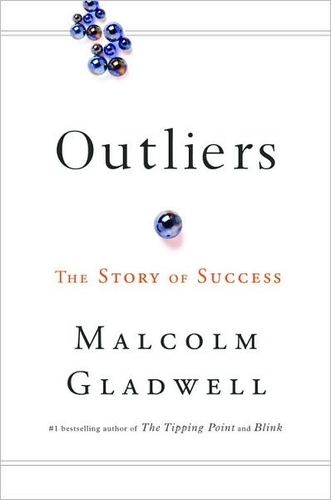1) Last week I was officially offered a job as a strength and conditioning coach at RPI in Troy. I'm really excited to be starting there and hopefully making a difference with their athletes, student body and faculty. Any one know any realtors in the area that can find decent housing?
2)I had a really busy weekend; Saturday morning I was able to put on two separate clinics. 1 for a high school girls basketball program and another one for a group of local coaches. It's always fun doing what I can to help people understand what I do and why I do it. Hopefully they had fun and learned something in the process. After I was done, however, I had completely lost my voice and had to go to a seminar near Boston without the ability to speak...
3)I attended an awesome seminar put on by Eric Cressey (Strength coach) and Mike Reinold (PT for the Red Sox as well as a Boston hospital I believe). It was 7 hours learning about movement impairments and treatments/training protocols for the shoulder. The information was great and am looking forward to learning more about the subject.
On a side note, do any other trainers out there find that most people don't realize how much goes into trying to become a decent trainer? If I get in a discussion with an accountant about taxes, I keep my mouth shut with the exception of asking questions, and I listen. But if an accountant gets in a discussion with me about training, chances are they'll argue and tell me why what they're doing at the gym is right but it's a mystery why they're always in pain and get no results. Reading Men's or Women's Health once a month, and watching the Biggest Loser, doesnt make you an expert.
4)I recently completed (almost) Cresseys' Maximum Strength program. A 16 week workout geared towards strength (duh). I have to say I feel great. Other than coming down with a cold/bacterial infection(?) during the last week, and being unable to retest, my results have been great. I don't need to test to know I am much stronger, healthier and even have less pain in my lower back. I did it as much for the process of being committed to a program as I did for the results. I actually plan on doing it once more before switching it up. It's a simple to follow, well described program that will help anyone get over any plateaus they've experienced on their own programs. I recommend checking it out.

5)Last night I received this email from an athlete of mine who just finished her senior year as a division I field hockey player. It made me feel great and I wanted to share. This is more of a testimony to her hard work than anything I did.
"Hi Jon,
I meant to e-mail you earlier right after the season ended but things got crazy trying to catch up on sleep, work and fun time. But the reason why I am e-mailing is because I just wanted to tell you that I had one of the best seasons in my field hockey career this past fall. When I came into preseason, I was one of the strongest players, physically and mentally. I killed the fitness test because of your advice that you had given me (by not running many miles). In past years, I was one of the smaller ones getting pushed around in the circle defensively and offensively, however this year I was actually knocking girls over that were bigger than me (I did not drop any shoulders into them but was able to hold my ground). When we did our weight lifting test, I was able to do 3 chin-ups (more than most of the girls on our team were able to do). My conditioning was amazing; I was able to run non-stop on the field throughout the entire game. Working with you over the summer was one of the best decisions that I had made. I am not going to lie, I was not going to go to the gym because I hate going to gyms and not comfortable enough to do it on my own, however working with you, learning how to do basic things that would prevent injuries, and seeing myself get stronger over the weeks was one of the best things."





















